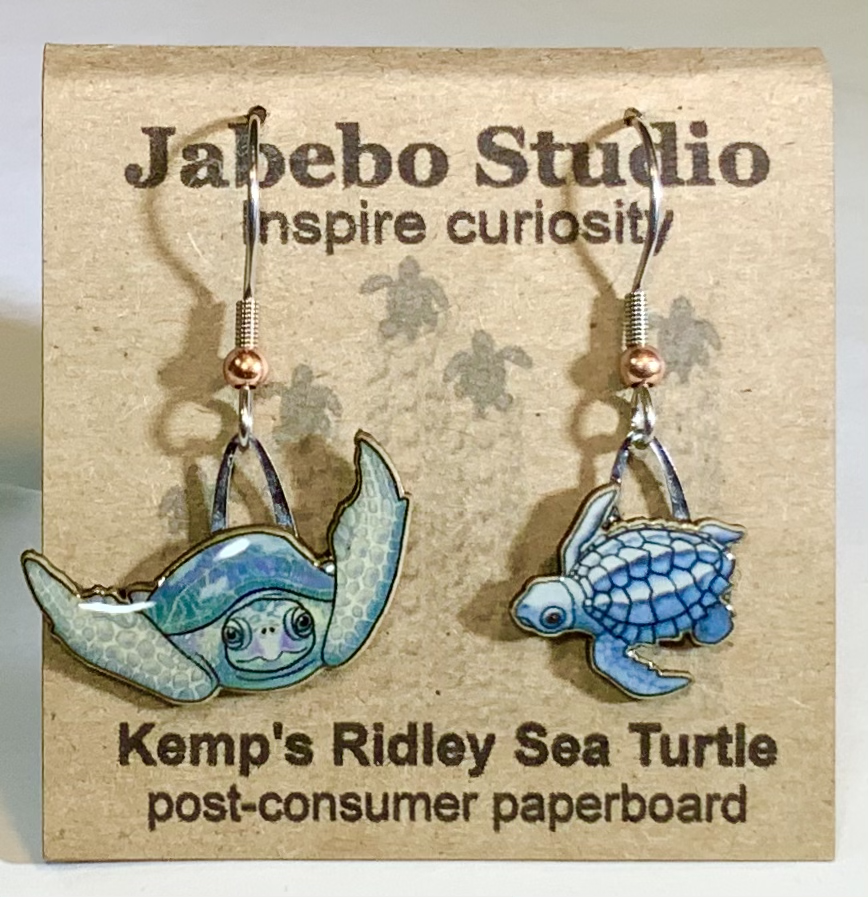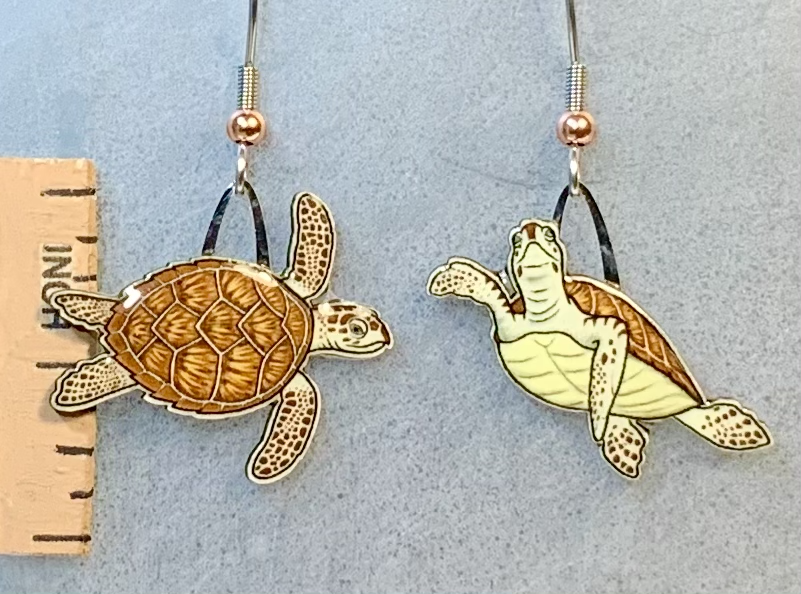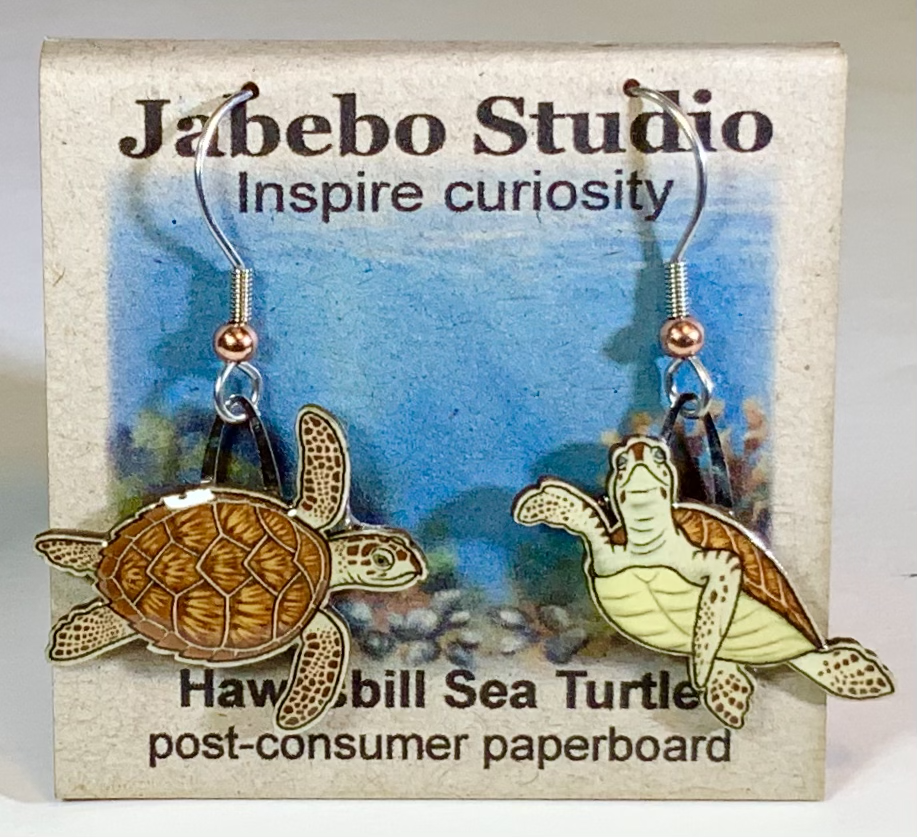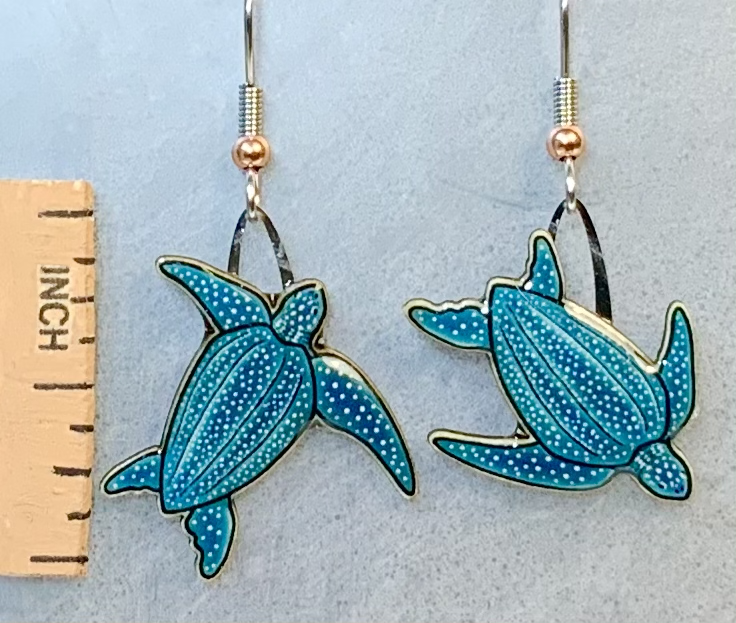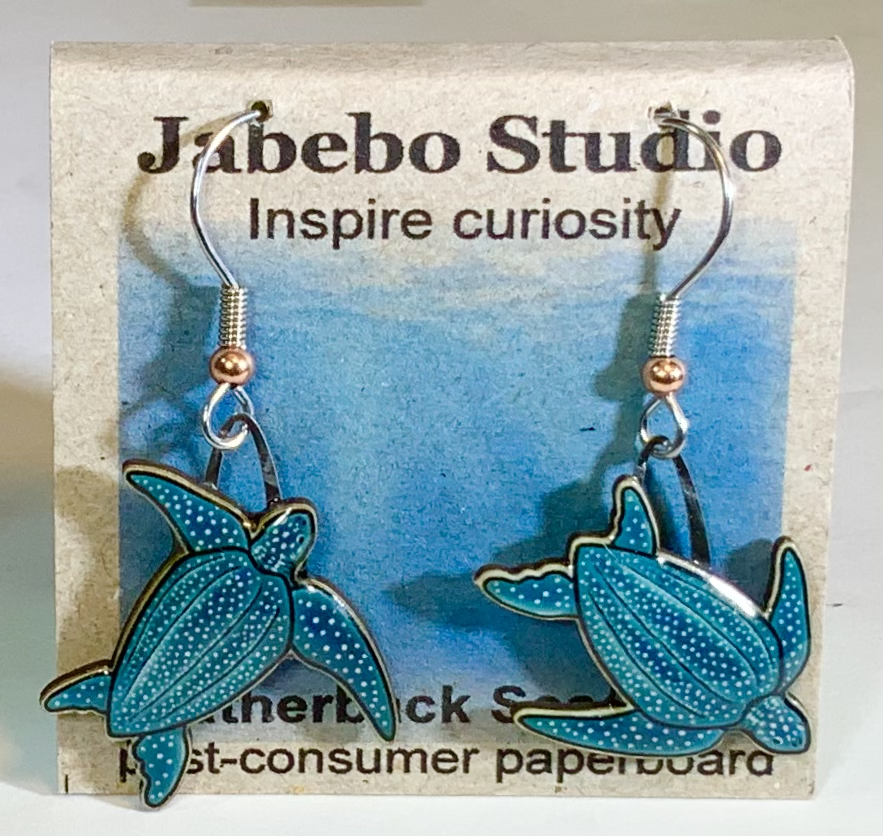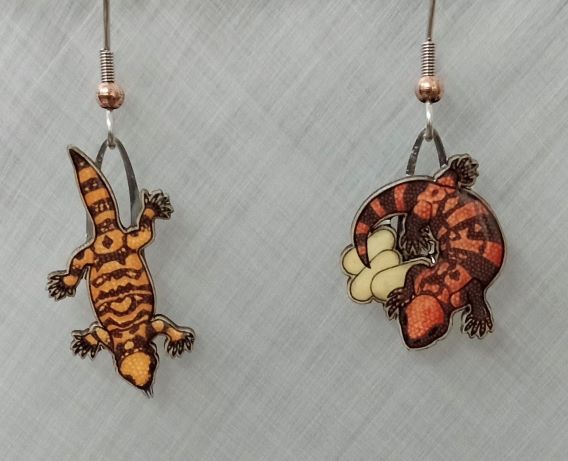
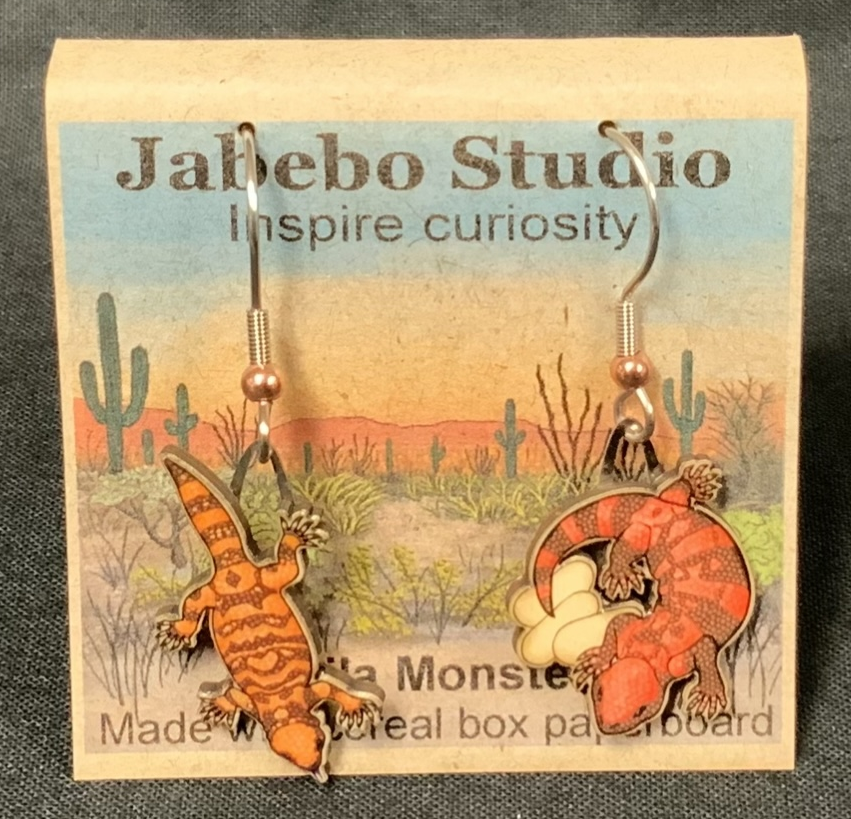
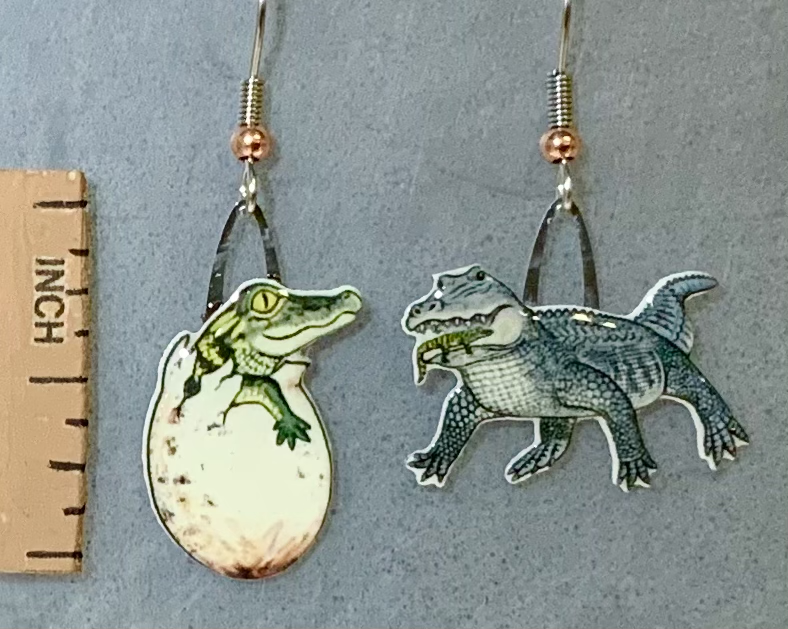
These guys emphasize the prehistoric atmosphere that permeates southern swamps. But don’t forget – they are also caring and watchful mothers.
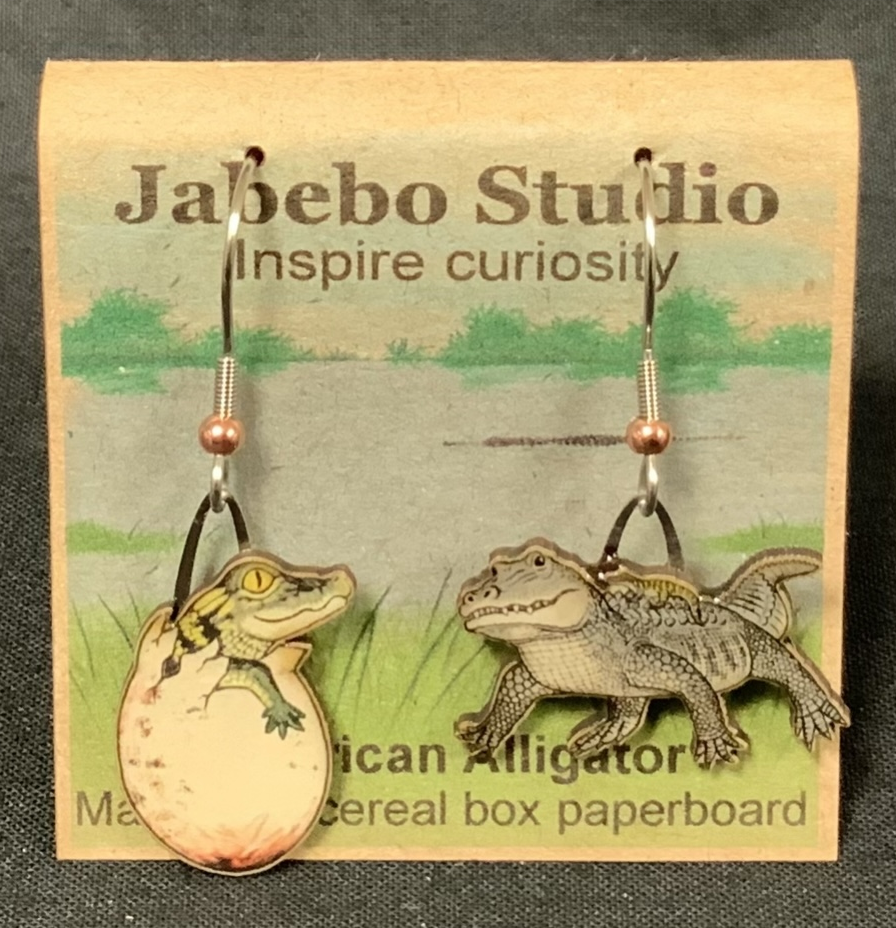
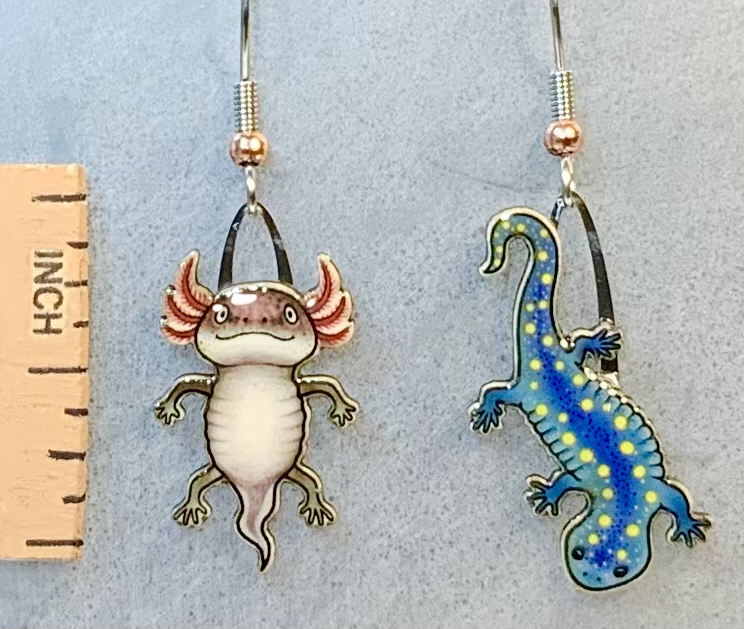
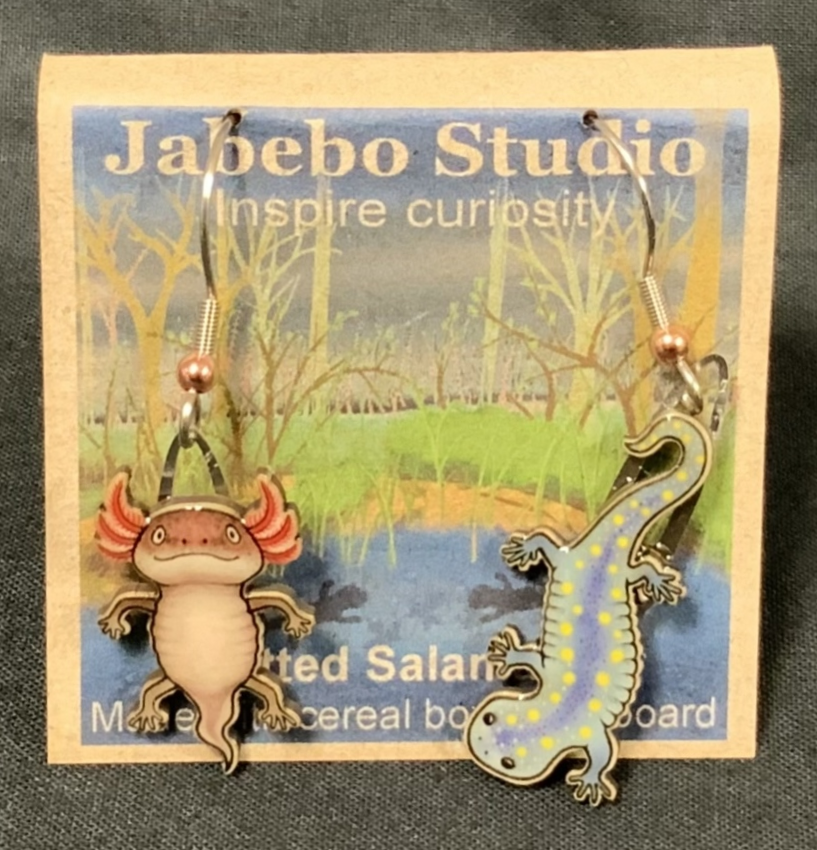
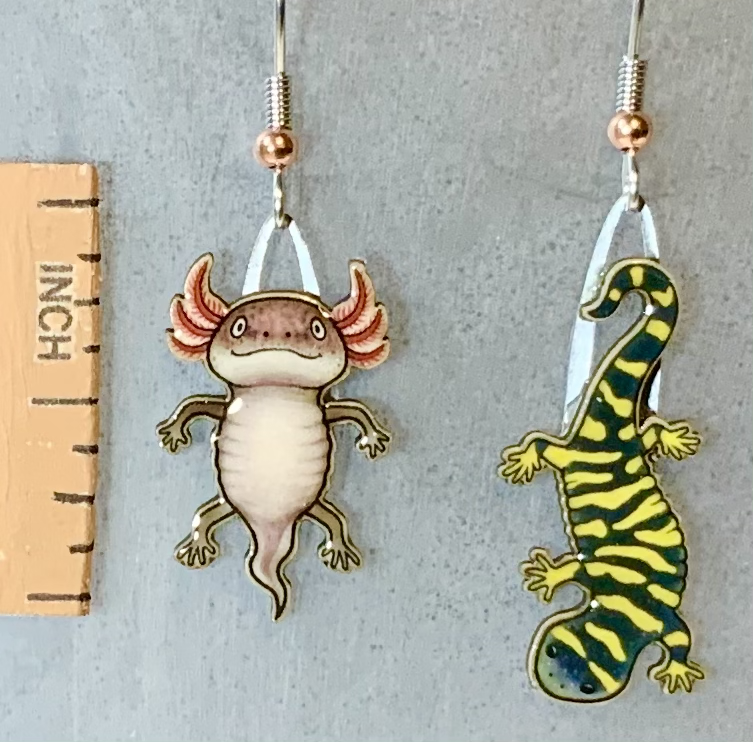
Populations of this large salamander are found in most regions across the continent, even in drier locations if there is suitable habitat surrounding water. They are terrestrial and usually stay underground in burrows.
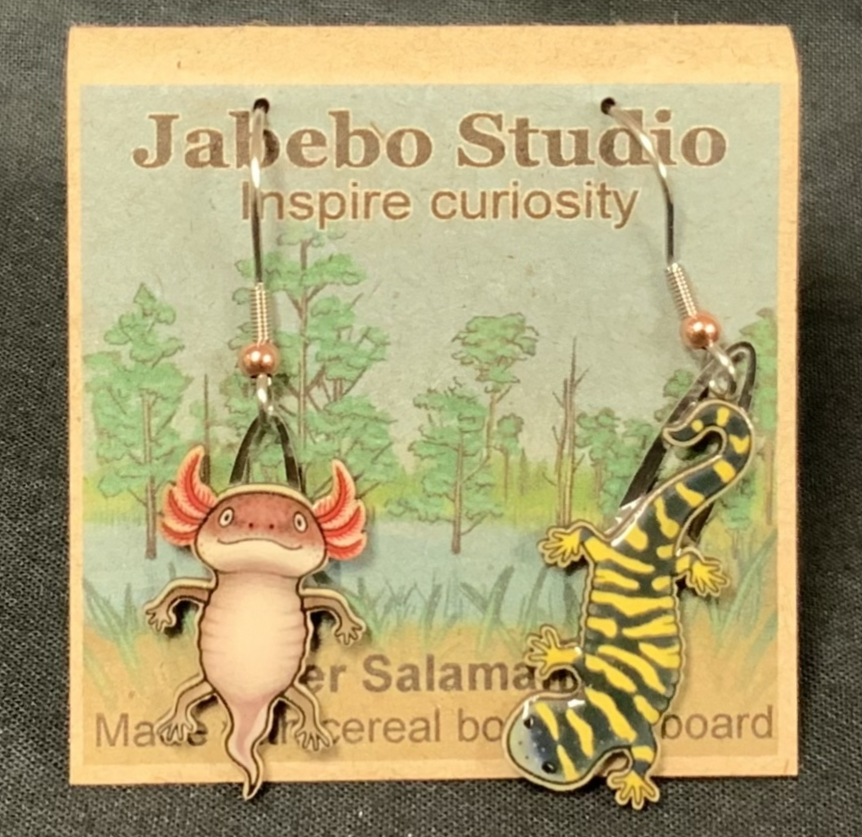
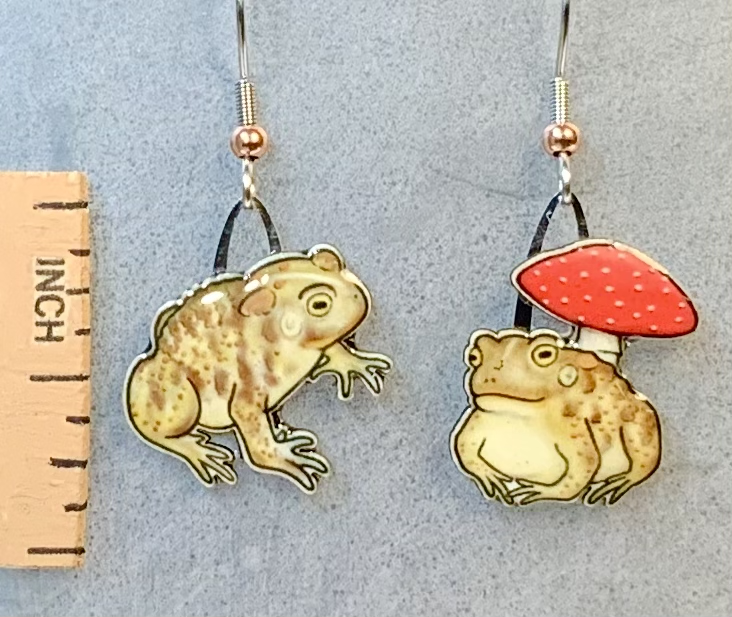
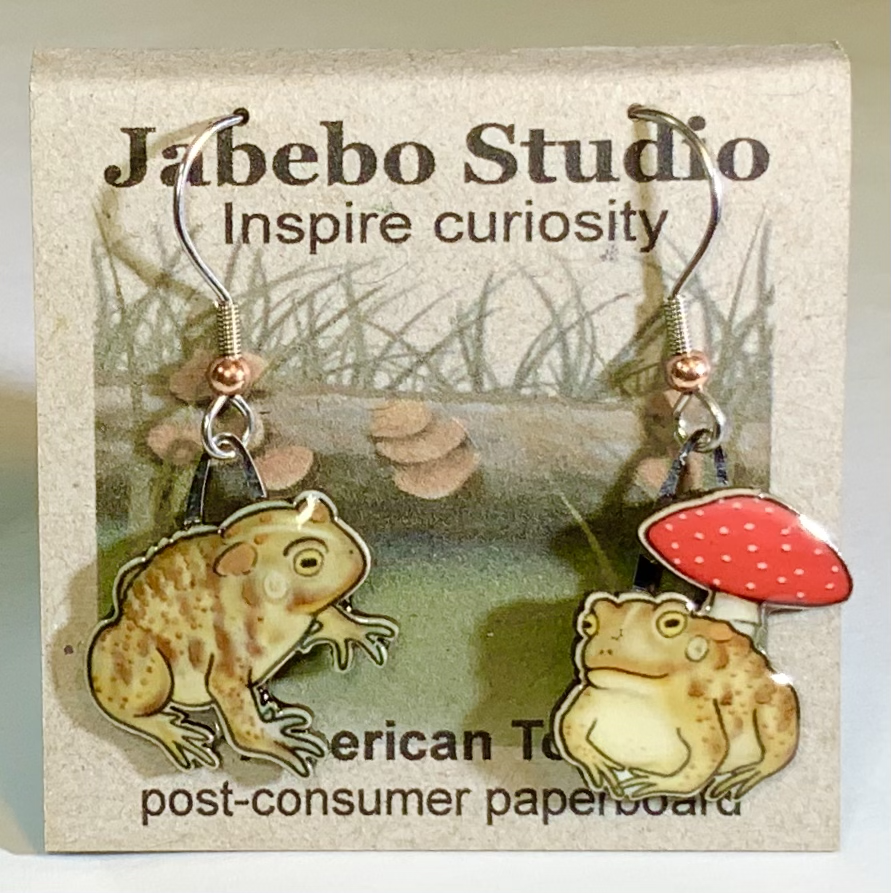
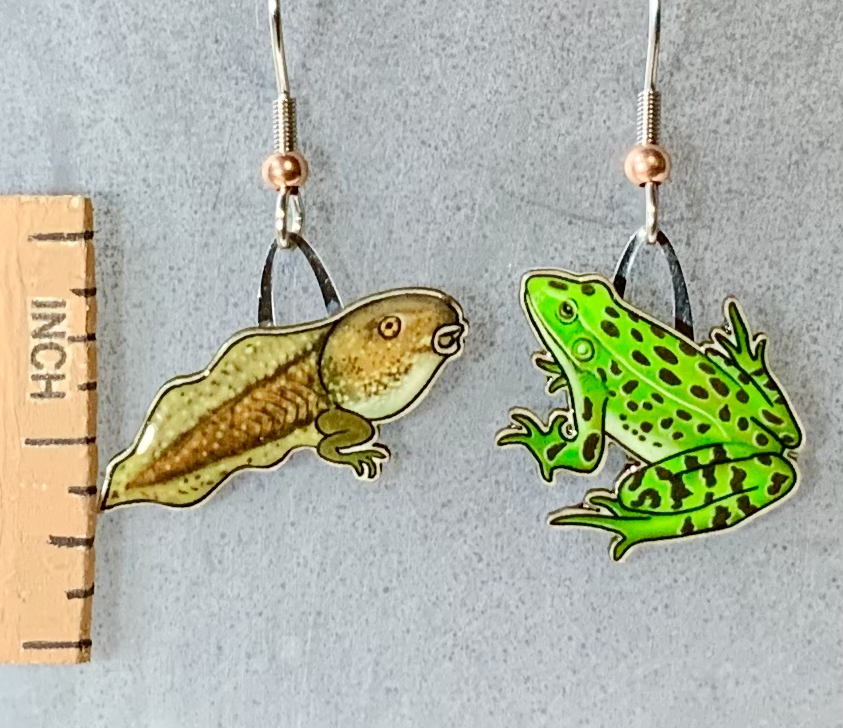
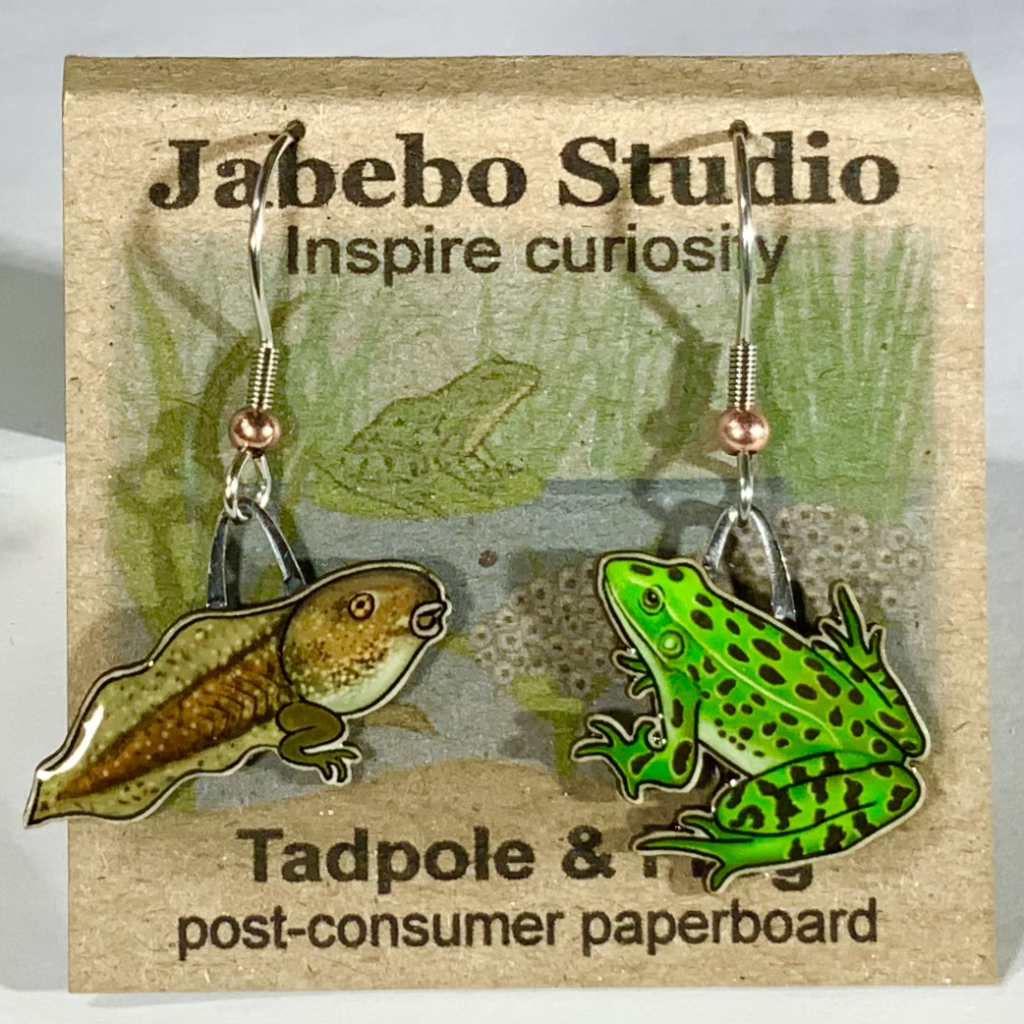
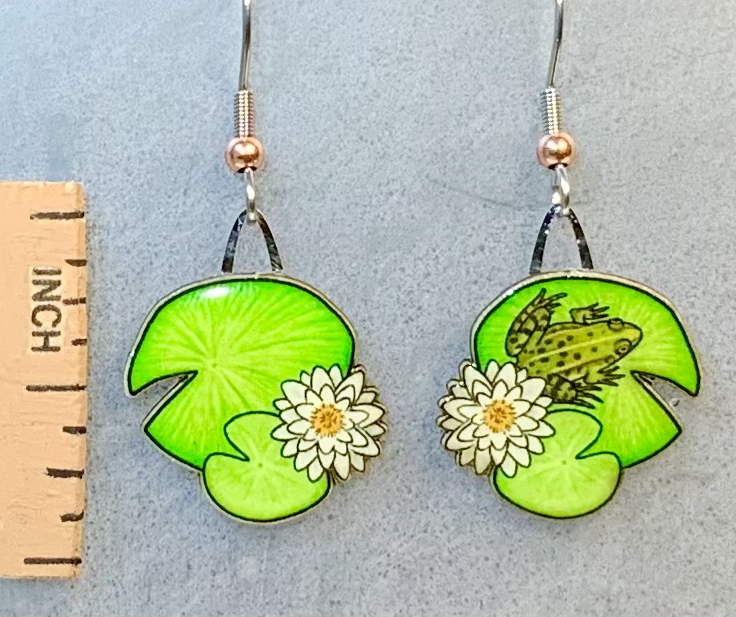

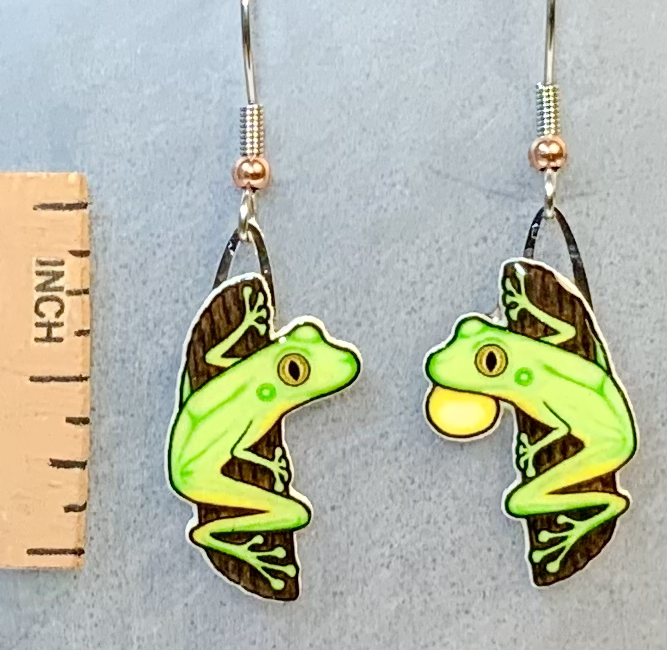
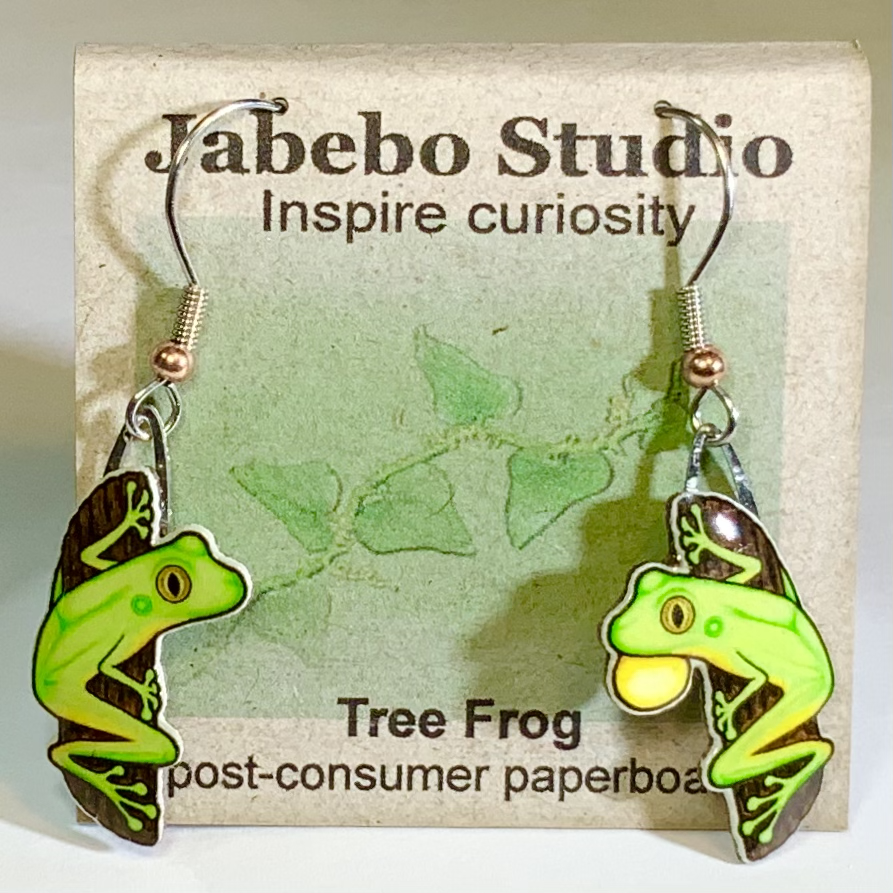
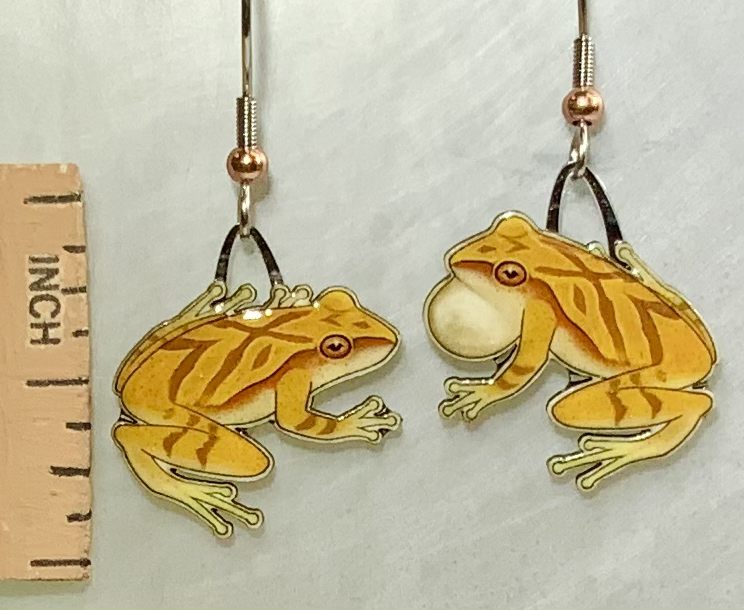
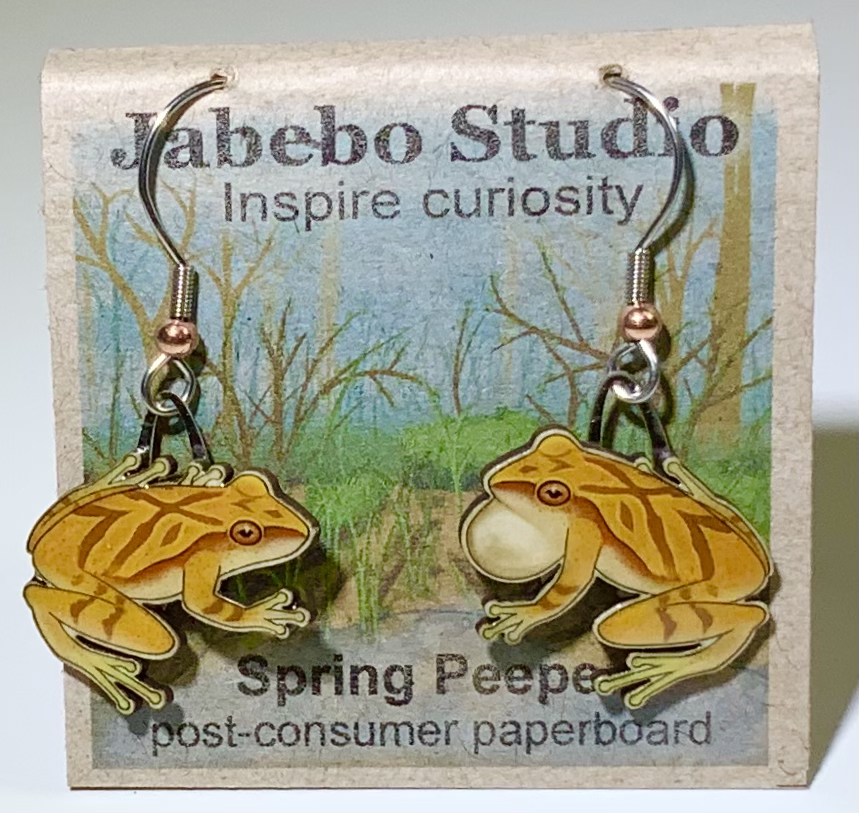
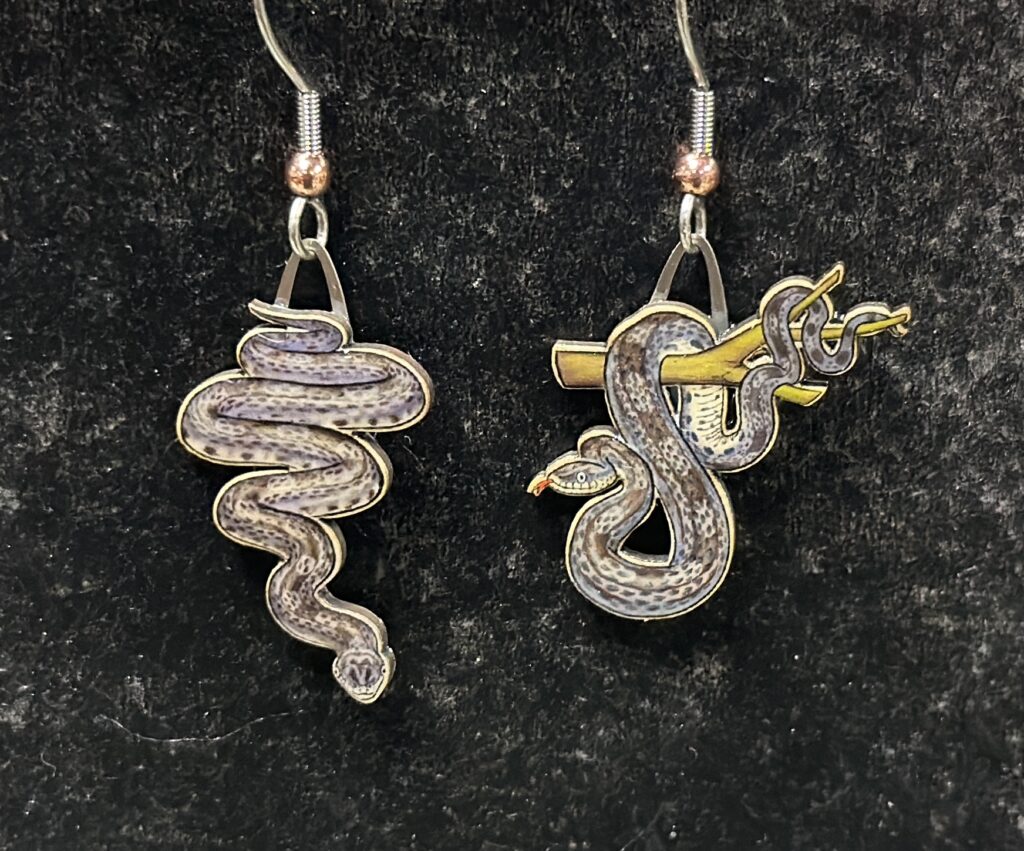
This is a common variety of the Eastern Rat Snake. These snakes are tree-climbers that prey on birds and their eggs. Long, thin, but venom less, they are still a lot of snake when they reach 5 or 6 feet in length.
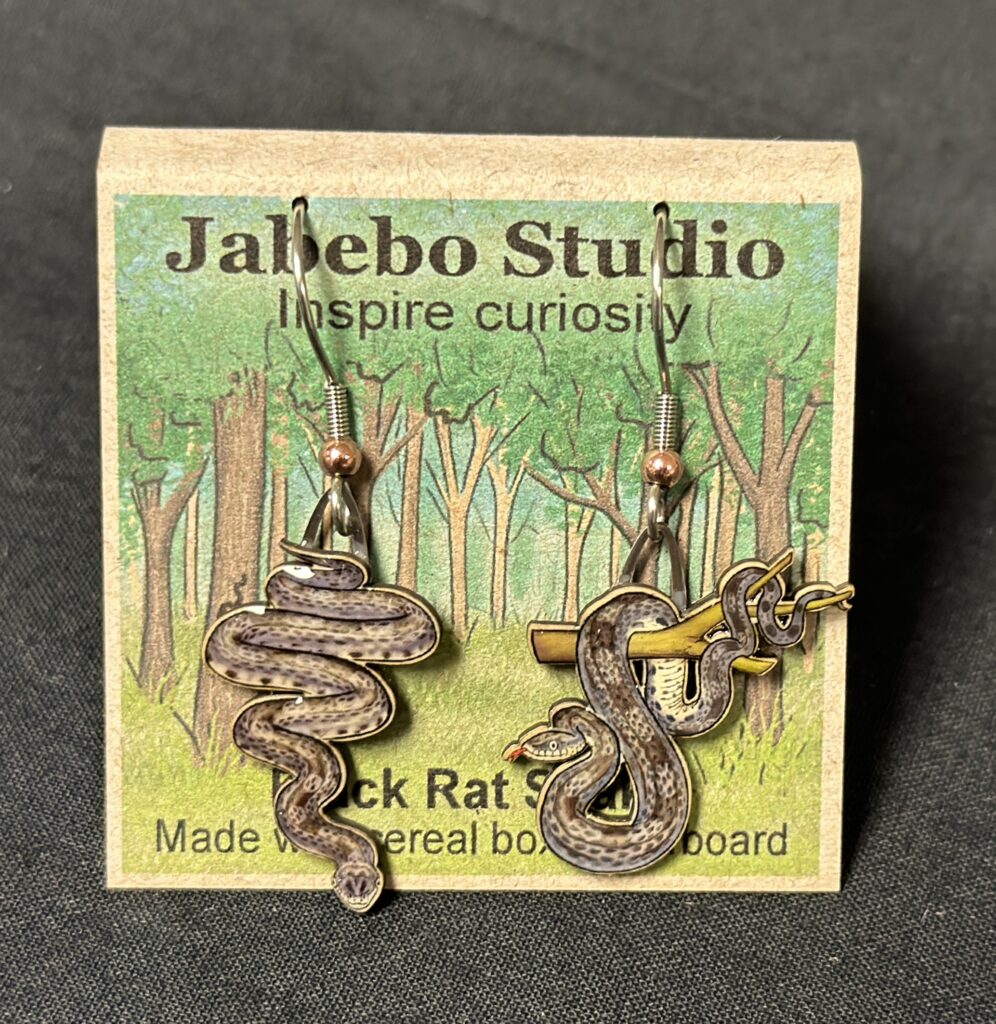
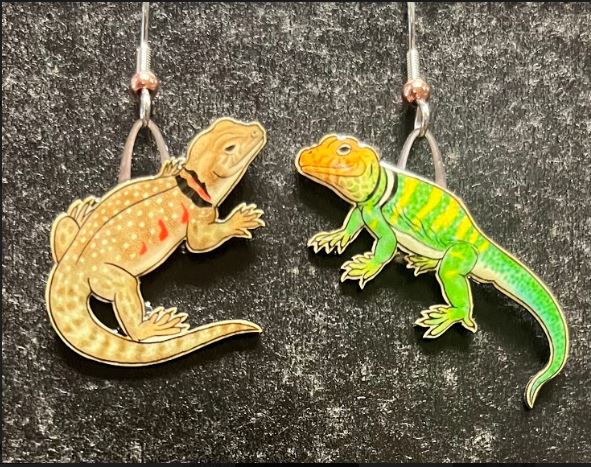
A well-known and charismatic lizard of southwestern states because of their distinct color pattern, conspicuous size and diurnal habits. Their range extends eastward into midwestern prairies where they are associated with rocky outcrops.
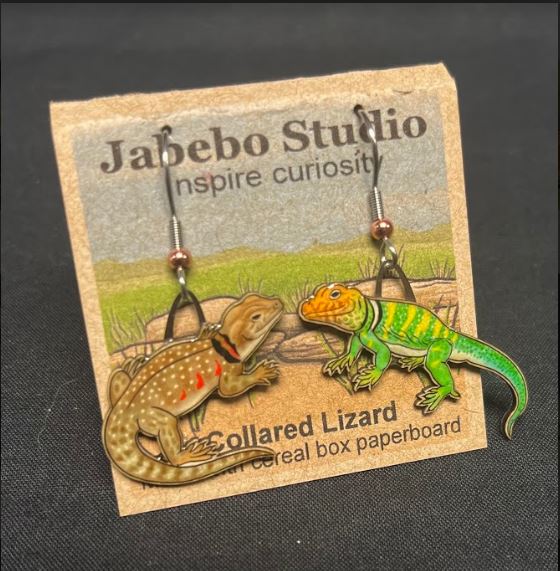
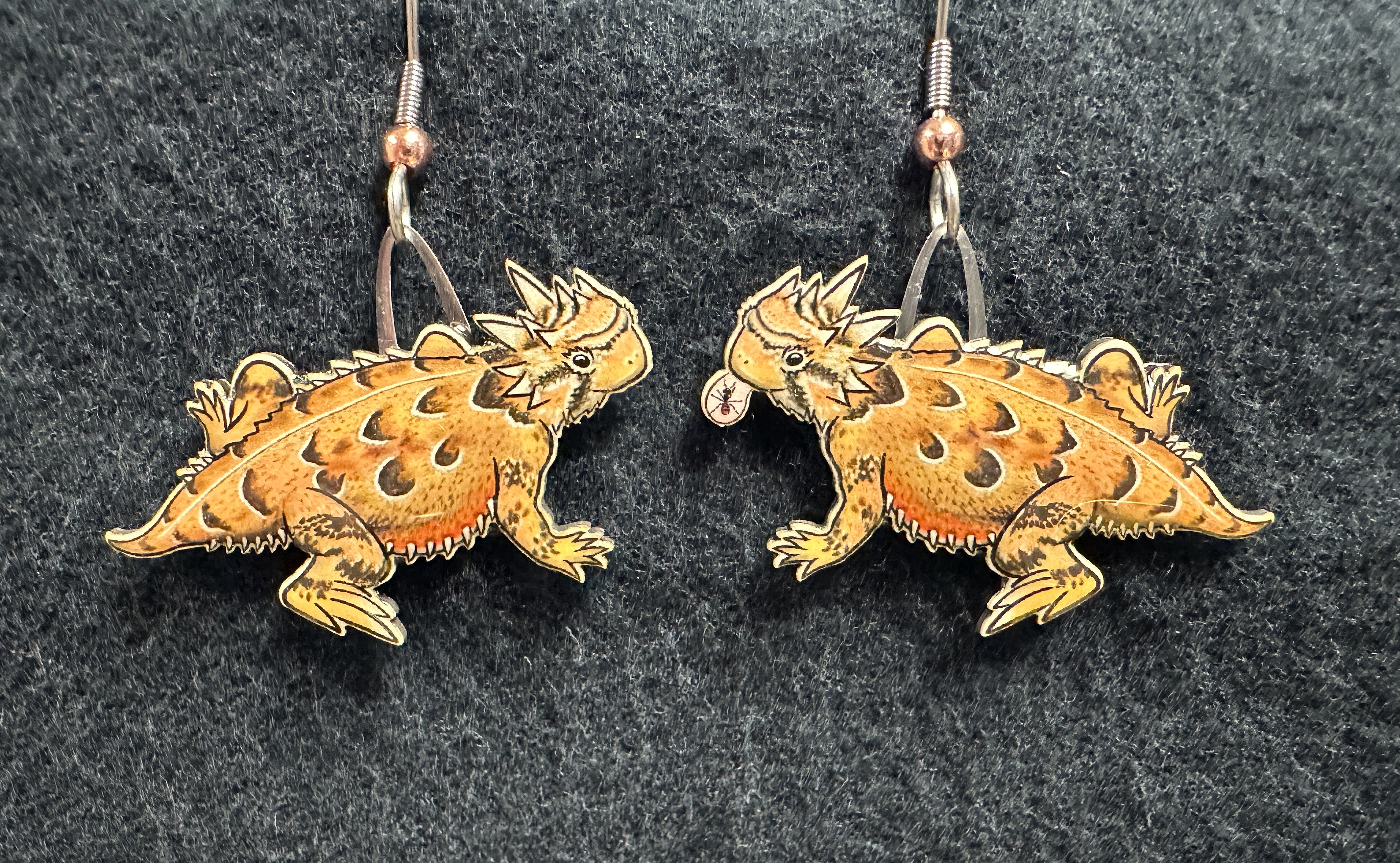
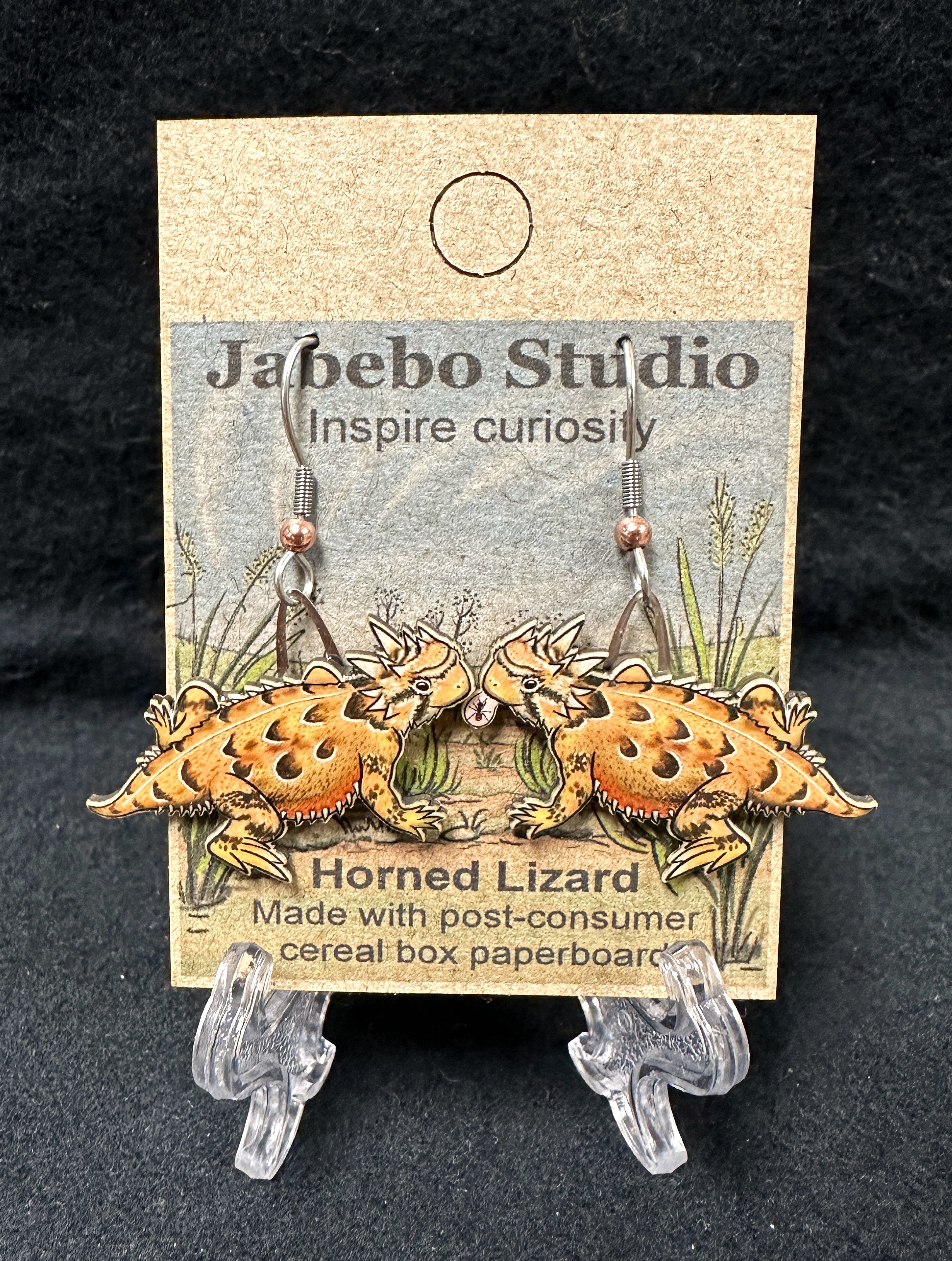
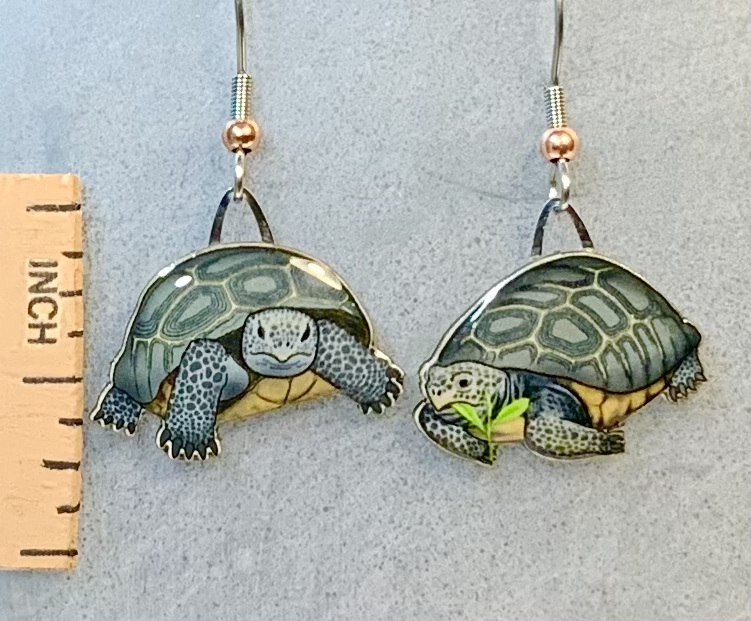
An important creature, unique to the southeastern pine Savannah communities. Their large burrows become accommodations for many other species of animals.
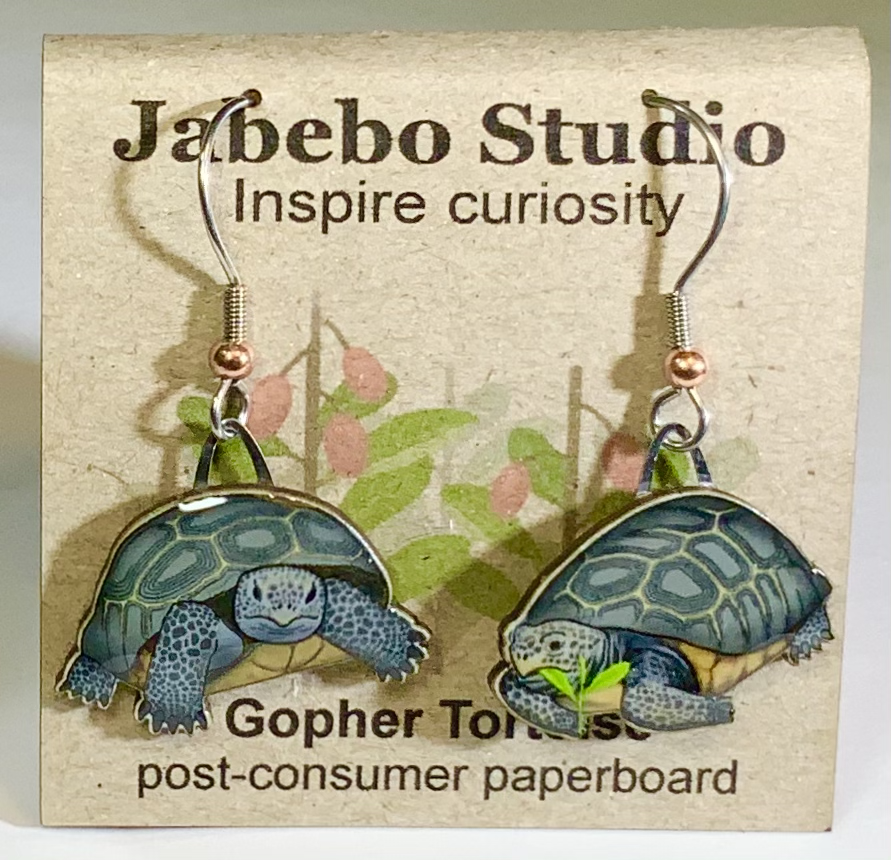
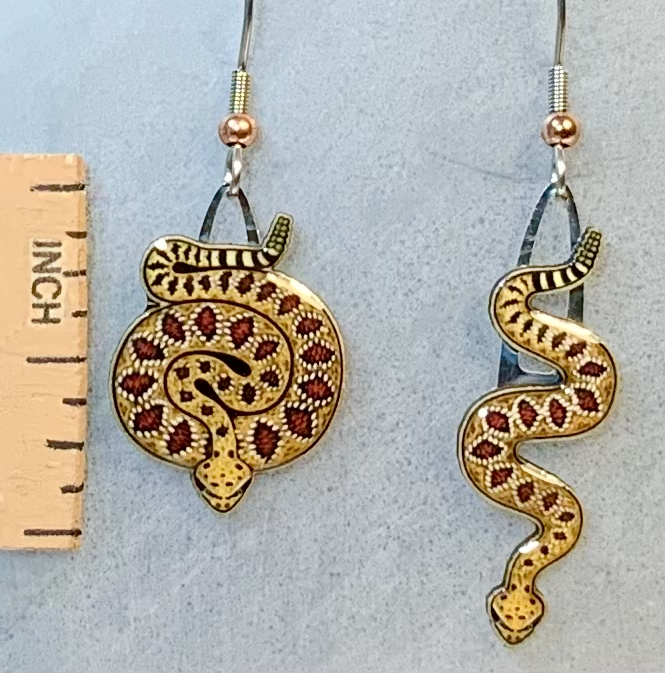
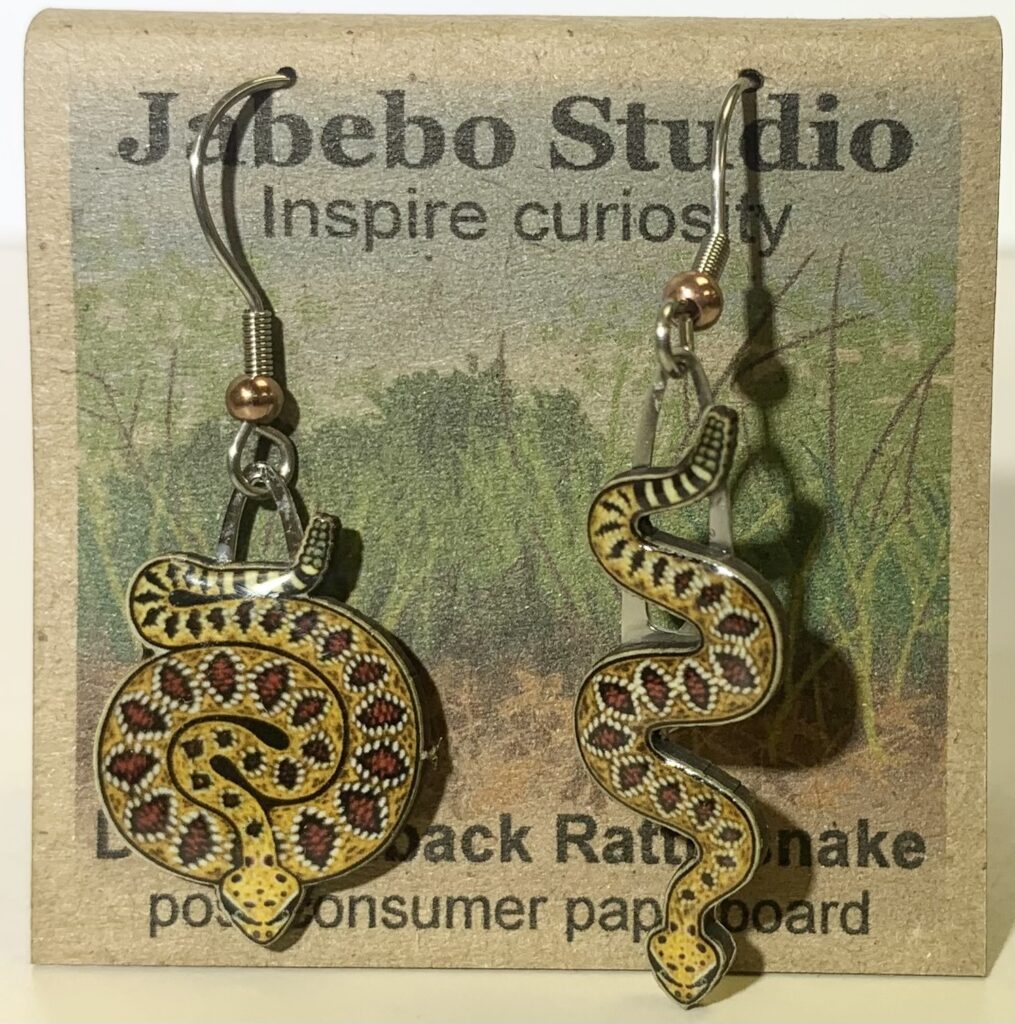
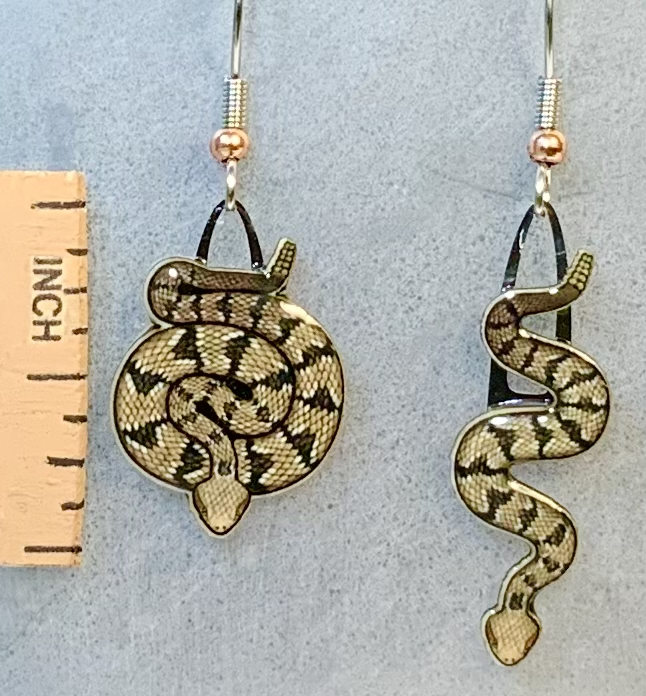
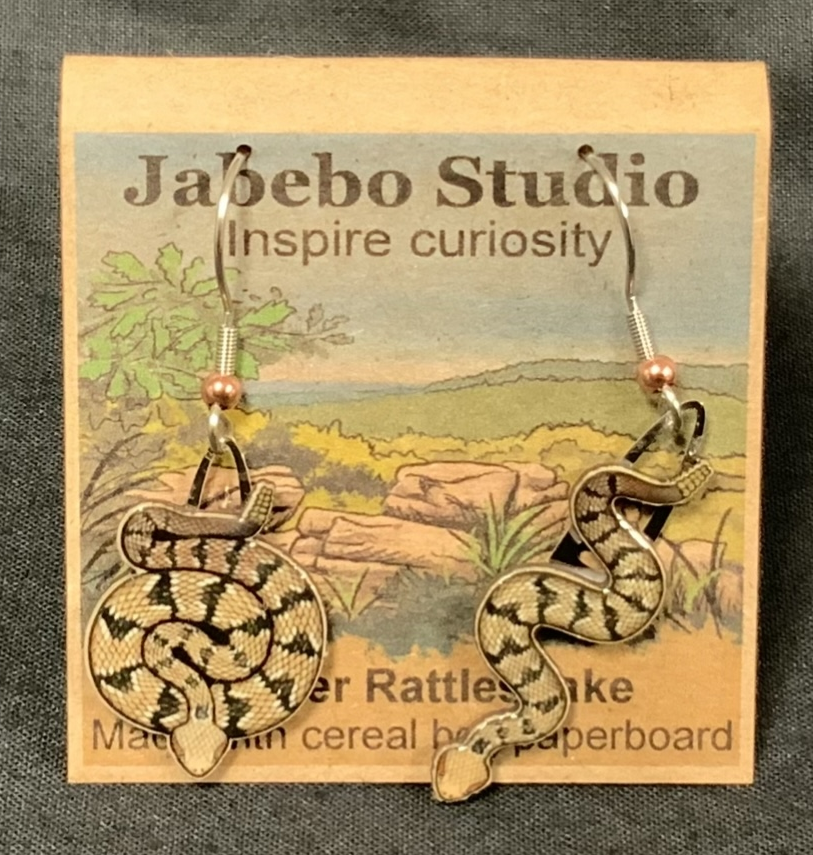
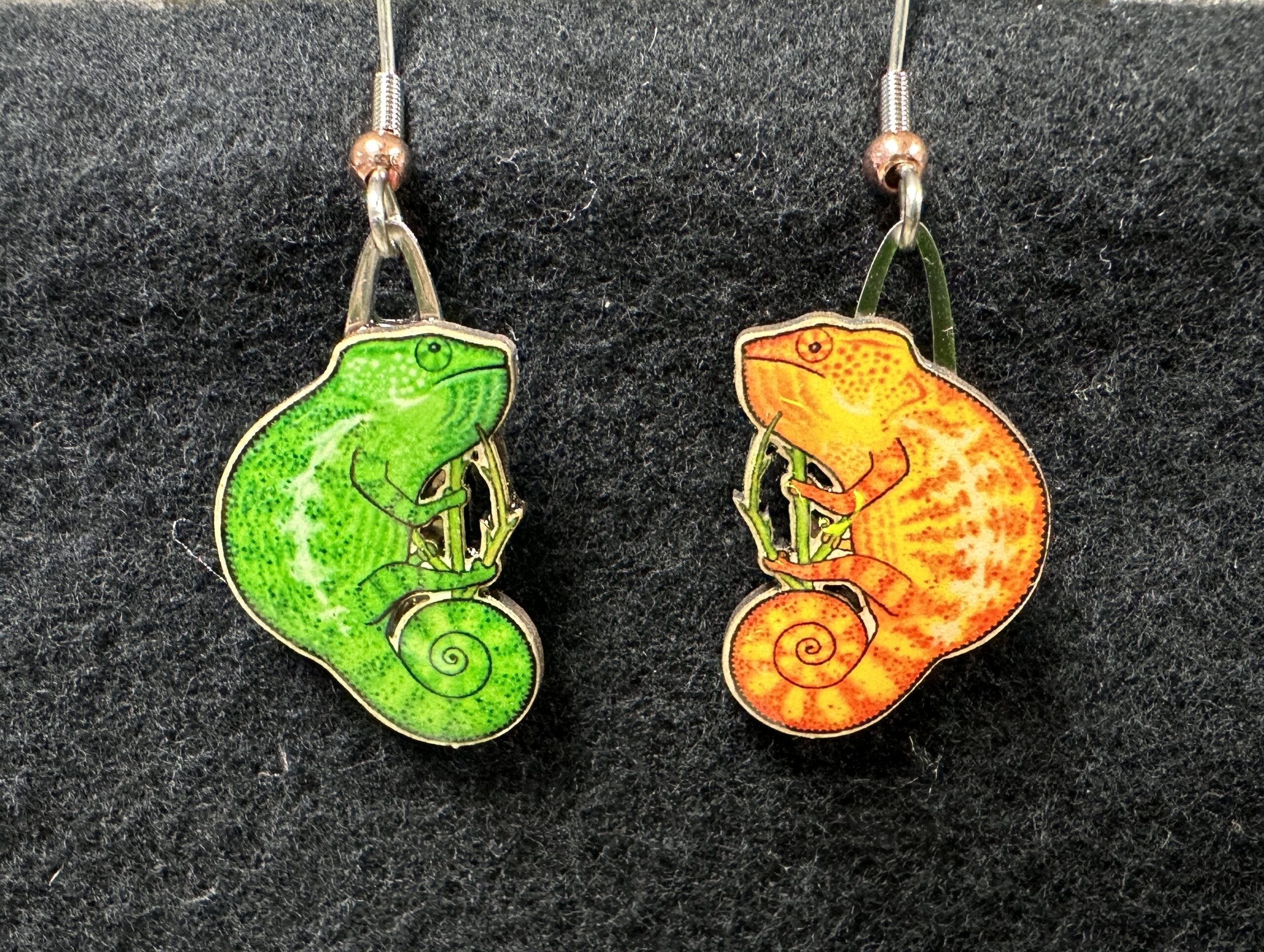
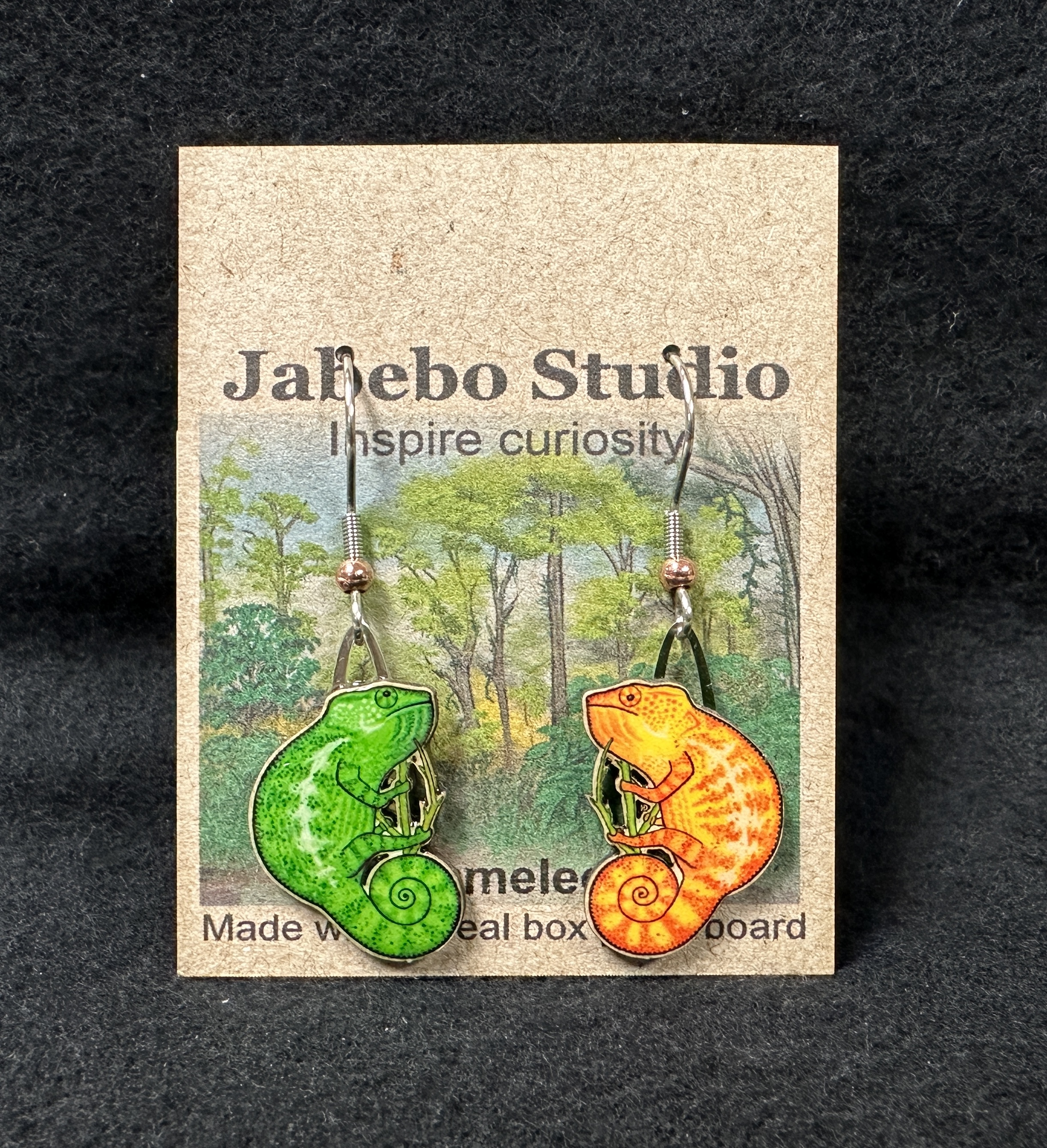
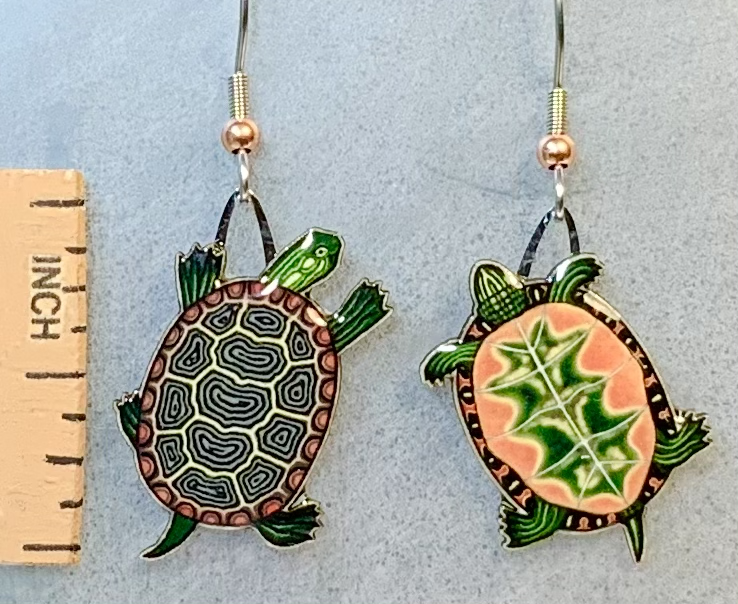
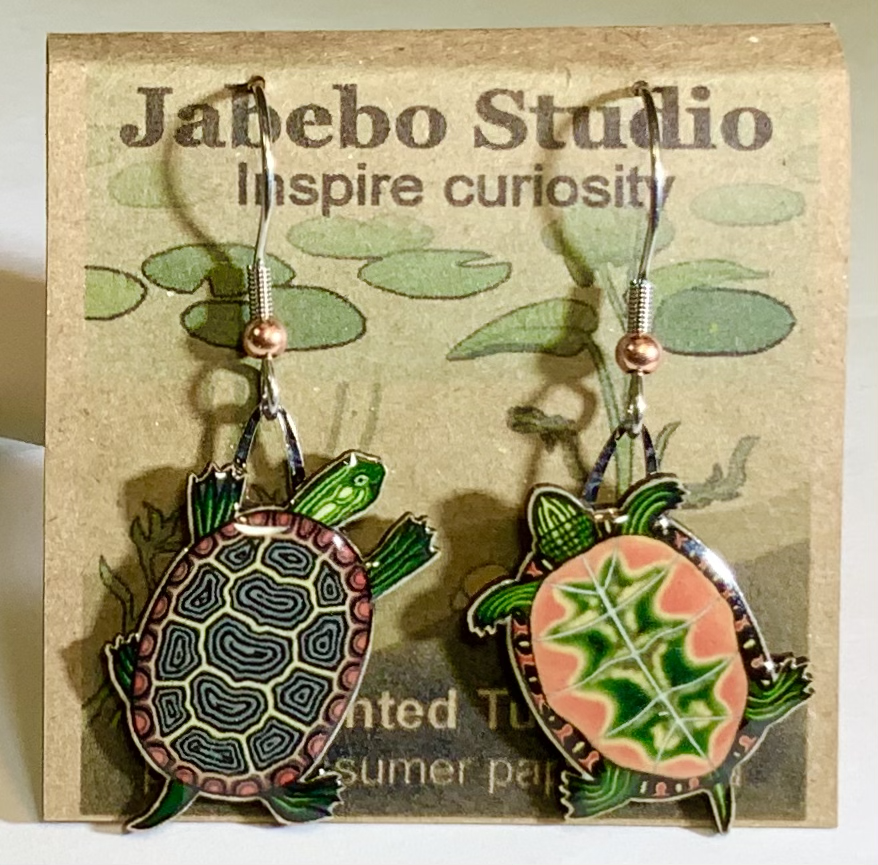
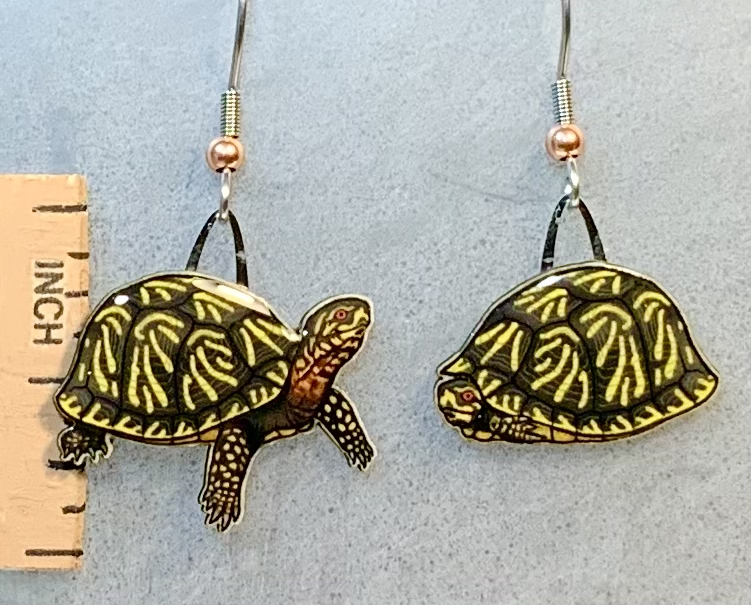
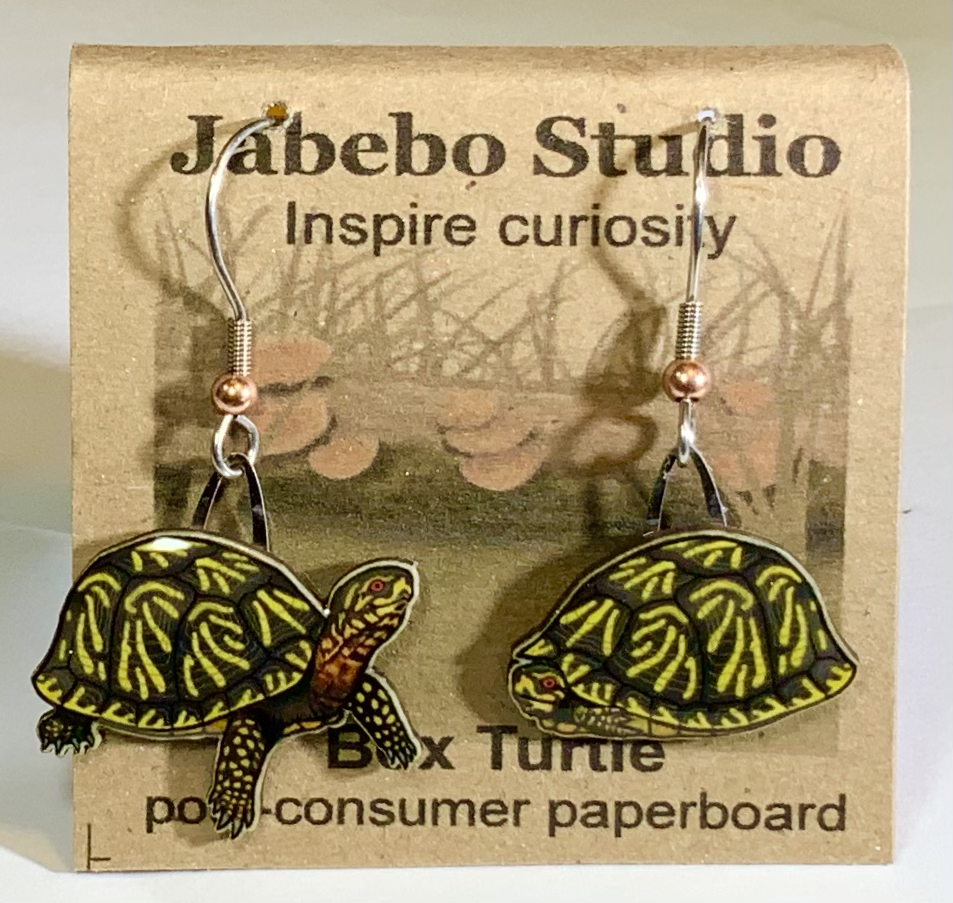
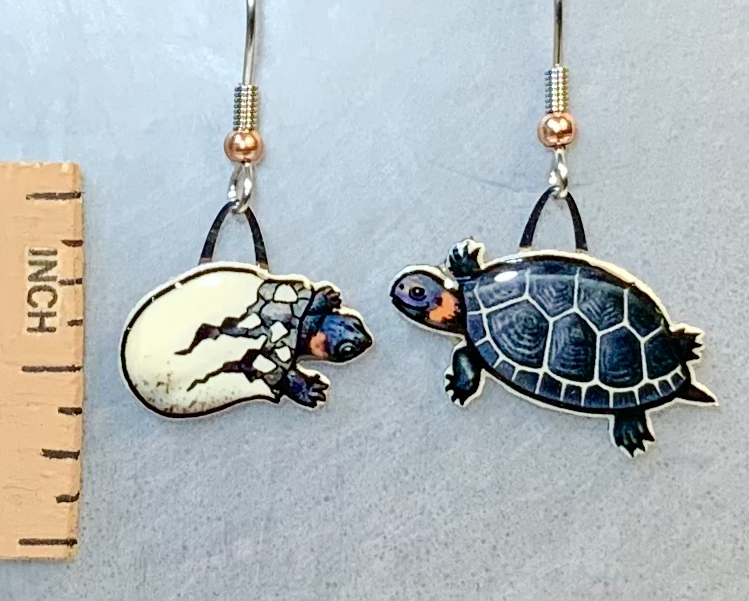
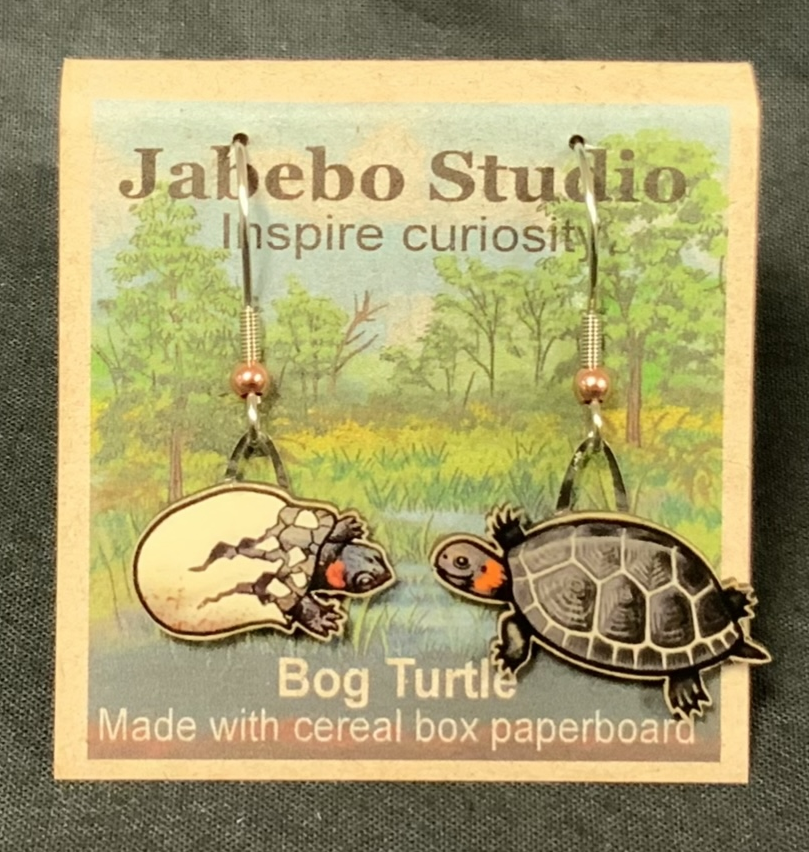
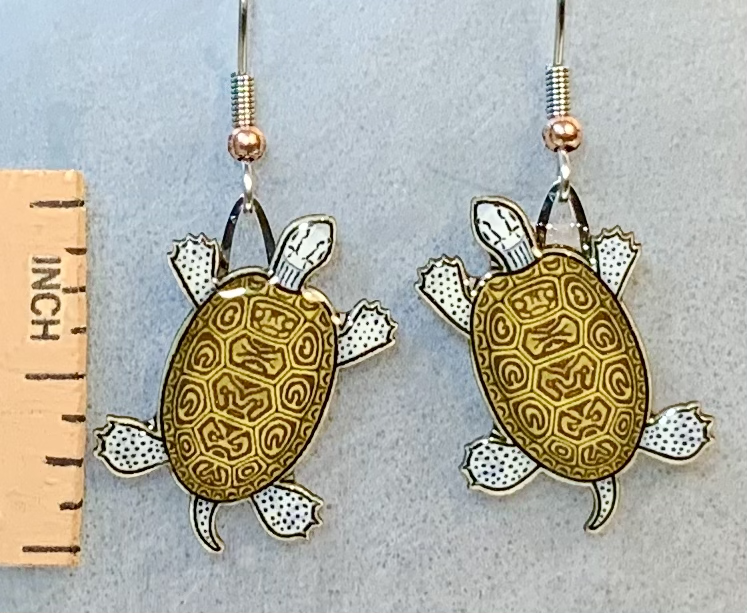
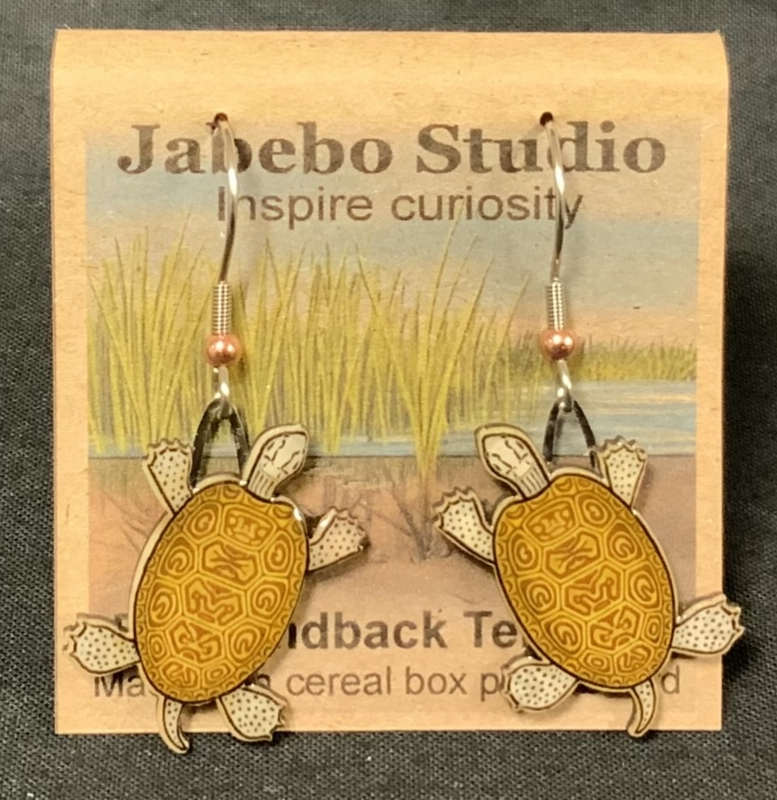
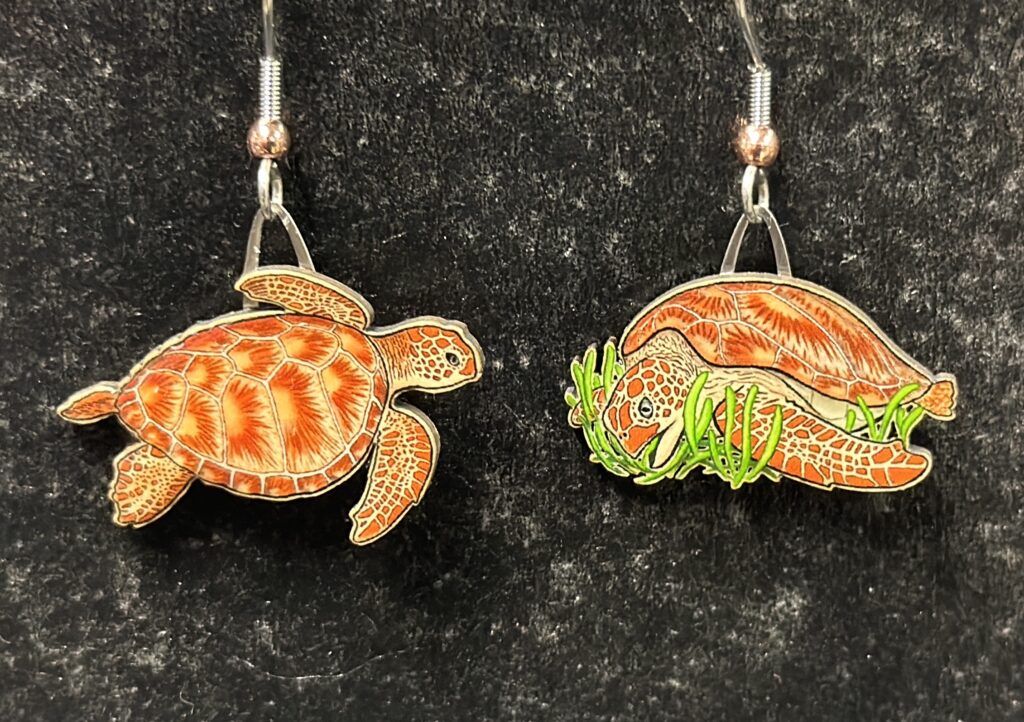
This herbivorous turtle is unique in its dependence on sea grasses and macro-algae for food. Like other sea turtles, the females come to beaches to lay their eggs.
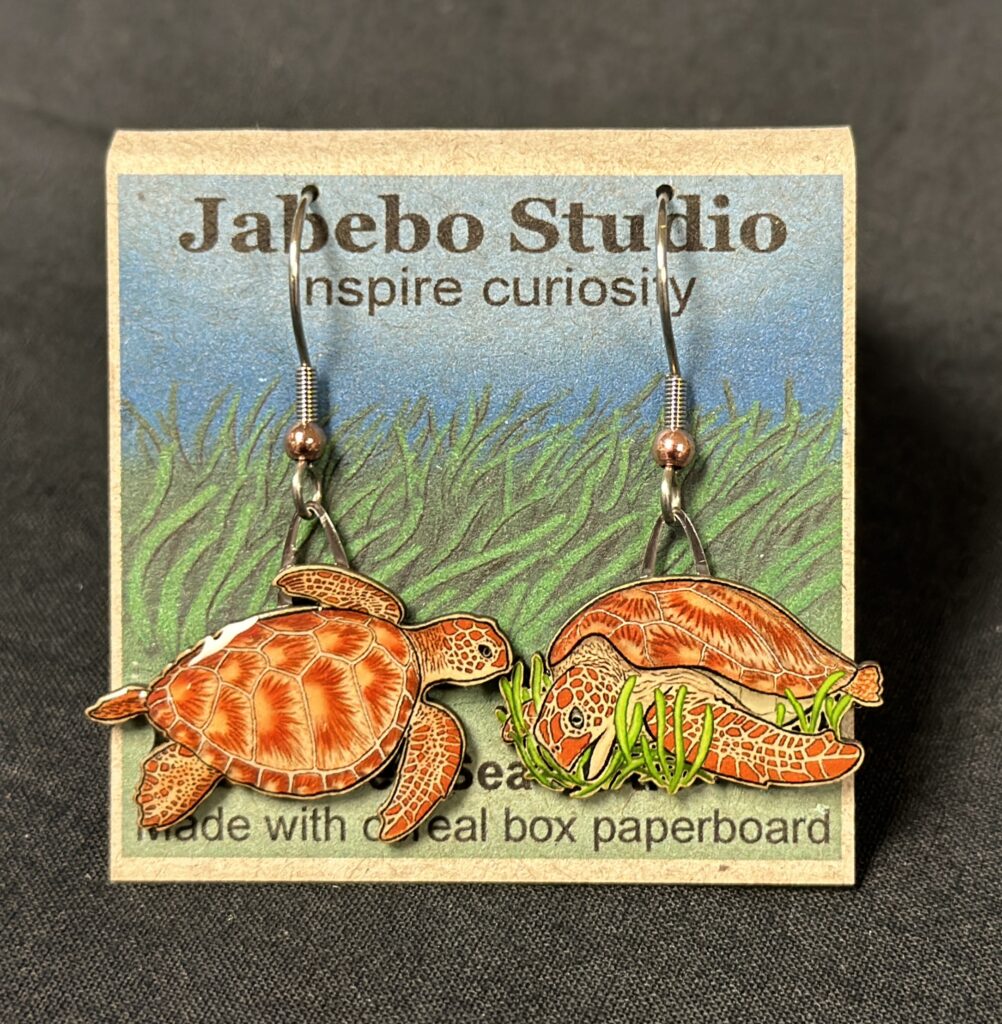
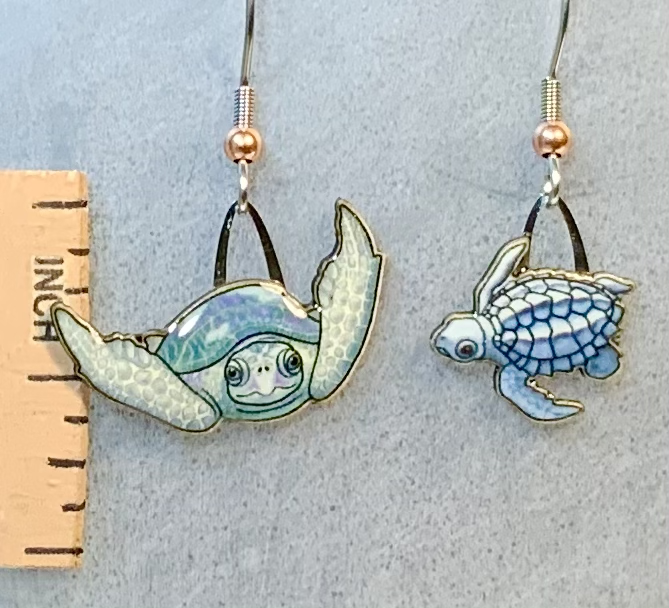
The most endangered of all the sea turtle species with a distribution centered in the Gulf of Mexico and along the Atlantic seaboard. Females synchronize their nesting so that most all come ashore at the same time and locations which was a dramatic sight when the nesting sea turtles numbered in the 10’s of 1000’s. This is an effort to assure some eggs will survive predation which worked until people starting taking larger quantities.
